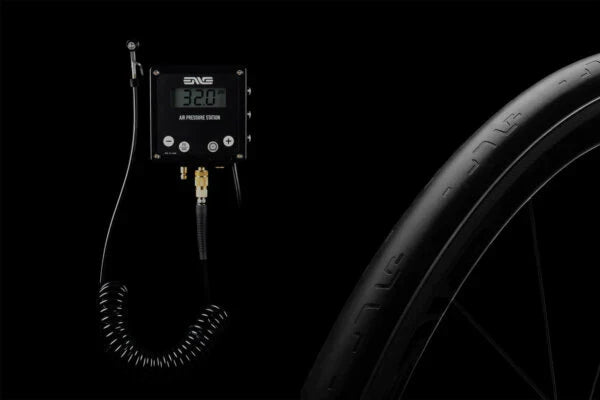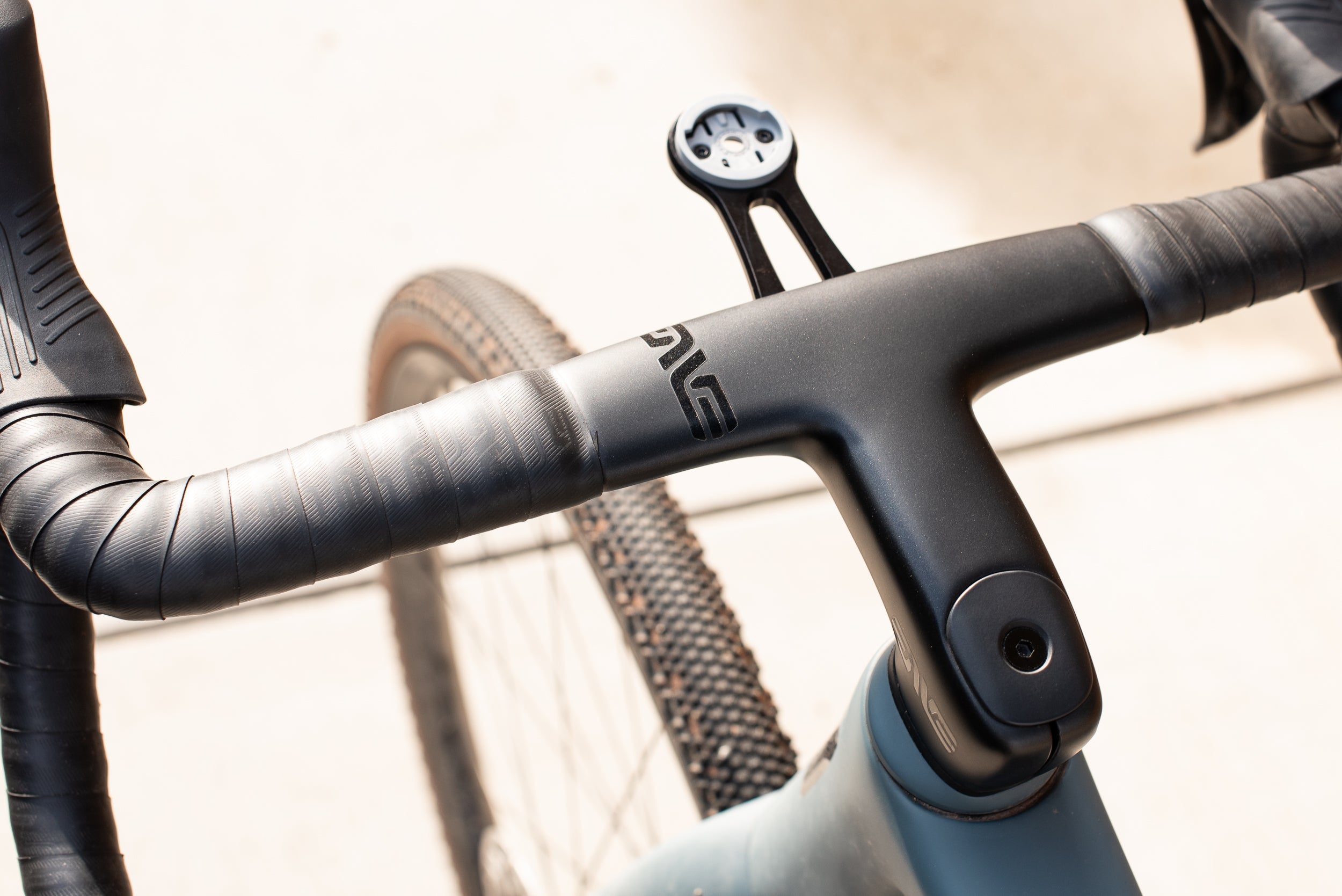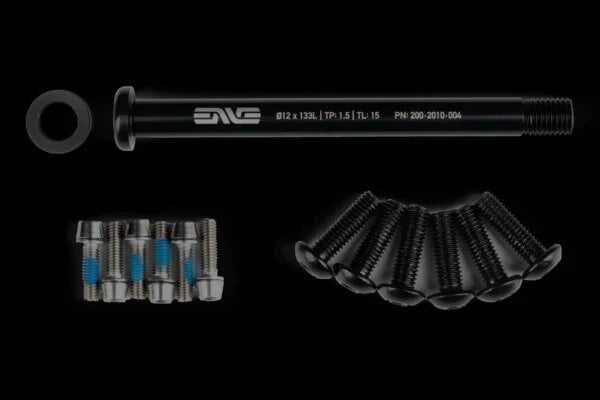How to Setup a Tubeless Road Tire
STEPS TO INSTALL A TUBELESS ROAD TIRE
- Clean the inside of the rim channel with a rag and a little acetone or isopropyl alcohol. Take the time to clean the rim thoroughly in order to ensure proper tape adhesion and seal.
- Once cleaned, start to apply the tape 1 ½ spoke holes behind the valve hole. Tack down the first 3 or 4” to secure the tape. Hold the starting position of the tape down with your thumb and lay the tape down in 5 to 6” increments. Keep the tape centered in the rim channel and maintain tension. Once you have made a complete round, continue 1 ½ spoke holes past the valve hole on the opposite side that you started. Cut the tape and press down flat.
- Remove the valve cap, and valve stem nut from the valve. Use the valve, in closed position, to pierce the tape. Tip: Mark the position of the valve hole by inserting the valve on the opposing side of the valve hole. Push the valve just enough to make a mark. Press the valve stem firmly into the rim channel until fully seated, maintain pressure and install the valve stem nut until finger tight.
Note: The latest ENVE valve stem nut includes a pressure relief feature to prevent the pressurization of the rim itself. (See Below For More Info)
- Before installing the tire, check that the tire tread is oriented correctly.
- Aligning the tire label with the valve hole, start installing the tire 180⁰ from the valve hole. Working towards the valve and keeping the tire bead down in the channel will make the tire installation process easier. Once the first bead is installed, install the second bead, again, starting 180⁰ from valve. It is best to install the area near the valve last as this will give you the most room to get the bead into the channel.
- Try to use your fingers and thumbs to do the majority of the work If you need to use a tire lever, pay attention not damage the tire bead or the rim tape.
- Use a pump or air compressor to inflate to 70-80 psi. You may hear some popping as the bead seats on the rim. Tips: Remove the valve core using the included valve core remover or a pair of needle nose pliers as this will allow a higher volume of air to flow into the rim making it easier to seat the tire. Moistening the beadseat with some soapy water will help tire seat and help prevent migrating tape.
- Reinstall valve core, if necessary, and inflate to desired tire pressure. Spin the wheel and check the alignment of the bead to ensure that it is completely and evenly seated on the rim.
- Add sealant by removing the valve core and injecting the measured amount recommended per the manufacture for the size tire you are using.
- Install the valve core and inflate to the pressure you plan to ride. Spin and shake the wheel to coat the inside of the tire. If the tire is losing air at the sidewall, you can place the tire horizontal on a bucket for 10-15 minutes on each side to seal up any pores on the tires for an airtight system.
PRESSURE RELIEF VALVE STEM NUT
The Pressure Relief Valve Stem Nut has been designed to ensure that an improper tubeless tape job doesn’t result in a damaged rim. If the tubeless seal between a tire’s air chamber and the rim’s cavity is breached, the rim’s cavity can become pressurized resulting in extra stress on the sidewall and potential delamination. An improper rim tape install or failure of rim tape are two examples that may cause this. The Pressure Relief Valve Stem Nut prevents this from happening by creating an escape for the air via fluted reliefs on the inner diameter of the nut. Air escaping from these ports, indicates a compromised tubeless seal. If this is the case, your wheel will require a fresh install of tubeless rim tape.


















